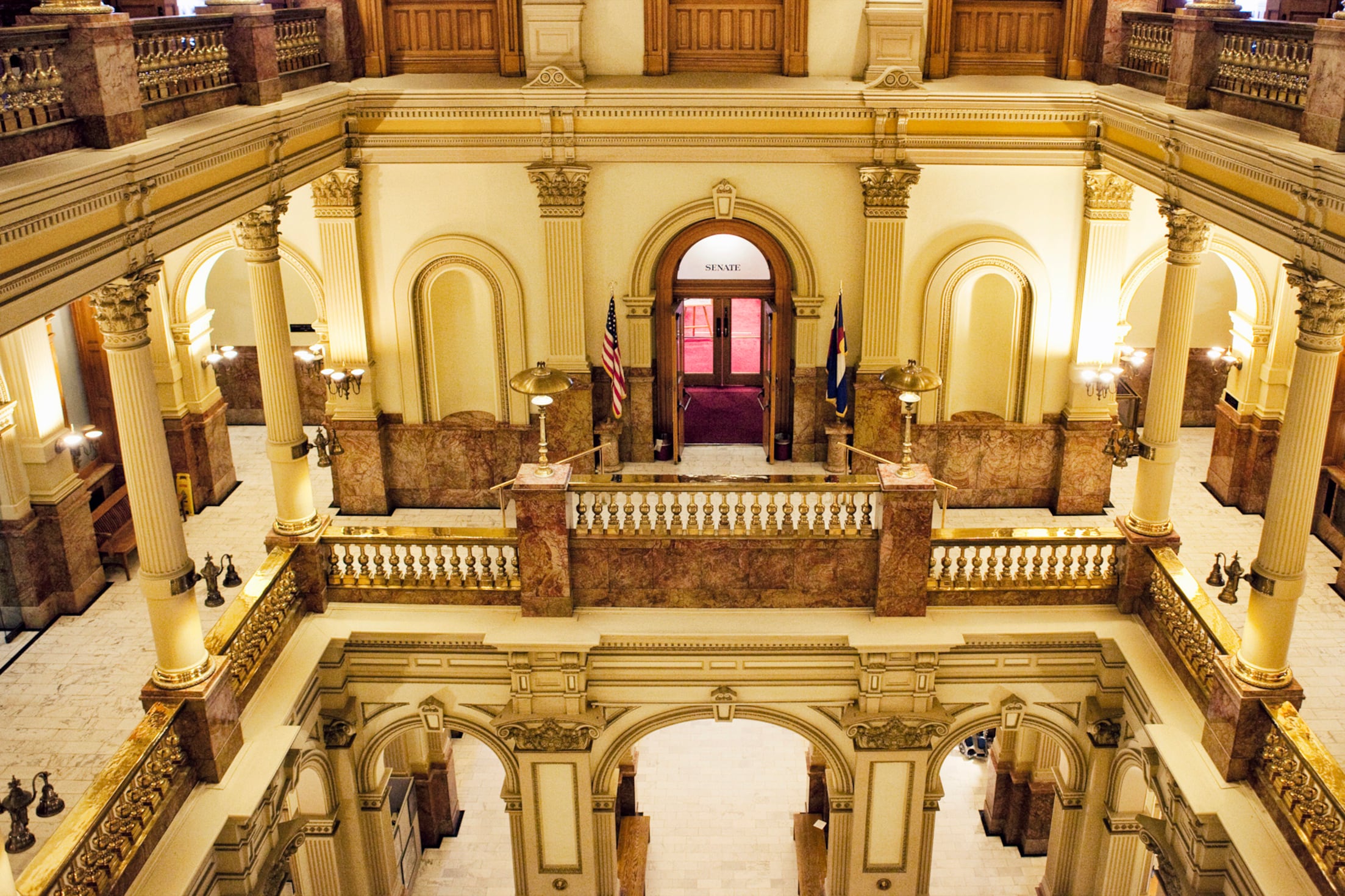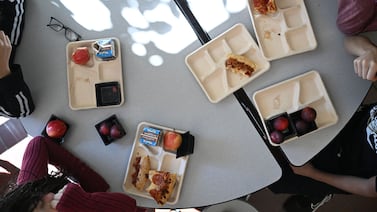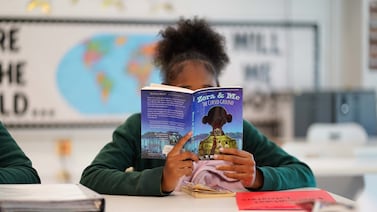Sign up for our free monthly newsletter Beyond High School to get the latest news about college and career paths for Colorado’s high school grads.
Colorado lawmakers convening for a special session about property taxes next week have been sent a clear message by the governor and others: Protect funding for K-12 and higher education, or we won’t be happy.
The special session, the second called by Gov. Jared Polis in less than a year focused on property taxes, will try to head off two controversial ballot measures. Initiative 50 would cap annual statewide tax growth and Initiative 108 would cut property taxes by about $3 billion in 2025, with larger cuts in subsequent years, according to state fiscal studies.
If legislators agree to a compromise that’s on the table for the special session, a conservative group said it will remove the measures from the November ballot.
With so much progress made in the last year to boost K-12 funding and several years of increases to higher education budgets, there’s bipartisan concern that the two ballot measures would harm education funding.
If passed by voters, they would also almost certainly postpone the start of a new, long-awaited funding formula for K-12 schools enacted earlier this year.
The bulk of Colorado’s state and local services are funded through property taxes. So big reductions in property tax revenues could lead to cuts in many services, like education. The impact of the two ballot measures would be so significant that to many advocates, a special session looks like a safer bet to protect education funding — even if that means tax cuts — than putting the measures to voters.
The proposal lawmakers are expected to consider would cut taxes by $255 million next year.
“Throughout state government, including education, these two measures would be catastrophic,” said Riley Kitts, the vice president of government affairs for the Colorado Children’s Campaign.
Polis says special session must protect schools
The initiatives are part of an ongoing fight over property taxes following the repeal of the Gallagher Amendment, which limited the tax rate by maintaining a split between residential and commercial property taxes. Since its repeal, homeowners have faced mounting tax bills and lawmakers have tried to provide relief.
Initiative 50 proposes a constitutional 4% annual cap on total statewide property tax revenues. It would reduce tax revenue by $115 million in the 2025 tax year and up to about $1 billion by the third year.
Initiative 108 would reduce residential and non-residential property assessment rates and require the state to backfill lost revenue for county governments to cover these losses.
More than 50 advocacy groups called the initiatives “a real threat to all communities” in an Aug. 12 letter.
“These measures would lead to cuts in education and higher education funding, fire, EMS, libraries, and other important community services,” the letter says.
Polis called for the special session several days later, and identified K-12 and higher education are top priorities.
“We are focused on saving Coloradans money on property taxes, and in doing so, protecting school funding and higher education, preserving our economic competitiveness, and avoiding risky ballot measures,” Polis said in a news release. “The cost of inaction is too high. We refuse to gamble with our schools, our economy, our future.”
Lawmakers have voted to spend more on education
The compromise that legislators will consider during the special session would preserve education funding at current levels, Kitts said.
During this year’s regular legislative session, which concluded in May, lawmakers paid off the budget stabilization factor that led to the state withholding money from schools for 14 years to pay for other priorities. This year, the General Assembly eliminated that practice.
They also revamped the state’s school funding formula for the first time in 30 years — an effort that was over a decade in the making.
The new formula significantly increases funding to rural districts and those serving large numbers of students from low-income backgrounds and English learners. To fund the formula a reality, it calls for a funding increase of $500 million over the next several years, or about $83 million a year. The new formula will go into effect in the 2025-26 school year.
Lawmakers also increased higher education spending by $134.9 million, an increase of approximately 10%. That’s on top of several years of big increases for colleges and universities, and for students’ state financial aid.
That progress is jeopardized by the ballot initiatives, Kitts said.
“If these ballot measures pass, it’s almost like that whole legislative session never happened,” he said. “We won’t have a new funding formula, and we’re going to have to reinstate the budget stabilization factor. So we are very fearful of that.”
Education funding supporters hope for compromise
Not everyone agrees with that view.
Brenda Dickhoner, president and CEO of the conservative education group Ready Colorado, said she believes the state could backfill schools’ funding if the measures pass in November.
But she agrees that the measures would delay the new formula, which her organization supported.
“Our number one priority is to ensure that the new public school finance formula gets rolled out as planned,” Dickhoner said.
The new formula has a provision that will halt its implementation if the state doesn’t bring in sufficient tax revenue. That trigger is a safeguard in case of an economic downturn. However, Initiatives 50 and 108 would lower taxes to the point where the trigger would go into effect, she said.
Higher education officials are especially worried because college and university budgets have historically been easy targets for cuts. For example, last week, the Fort Lewis College Board of Trustees voted on a resolution to oppose the ballot measures.
During economic downturns, higher education is frequently one of the first areas that states cut because colleges and universities can make up the lost state money by charging more in tuition. But doing that could impact enrollment and students’ decisions about higher education.
“Such significant state budget cuts could lead to severe reductions in funding for essential services and higher education, reminiscent of the Great Recession’s impact,” the Fort Lewis resolution says.
Colorado Education Association President Kevin Vick said he’s hopeful for a compromise during the special session. He said the union will remind lawmakers of their responsibility to education.
Kitts said he’s also hopeful lawmakers reach a compromise, because the alternative to a compromise doesn’t look promising.
“Colorado has a long history of being fairly anti-tax and often votes in favor of reducing their taxes, even when it’s against their own self interest,” Kitts said. “And so that’s what ultimately scares me here.”
Jason Gonzales is a reporter covering higher education and the Colorado legislature. Chalkbeat Colorado partners with Open Campus on higher education coverage. Contact Jason at jgonzales@chalkbeat.org.







